Living with a cat is often a delight. Their soft purrs and playful antics bring joy to many homes. However, some cats can be emotionally needy, which can be a challenge for their owners. Understanding and addressing their emotional needs is essential for a harmonious coexistence. This guide will help you understand your cat’s behavior and provide practical solutions for handling an emotionally needy feline friend.
Recognizing Signs of Emotional Neediness
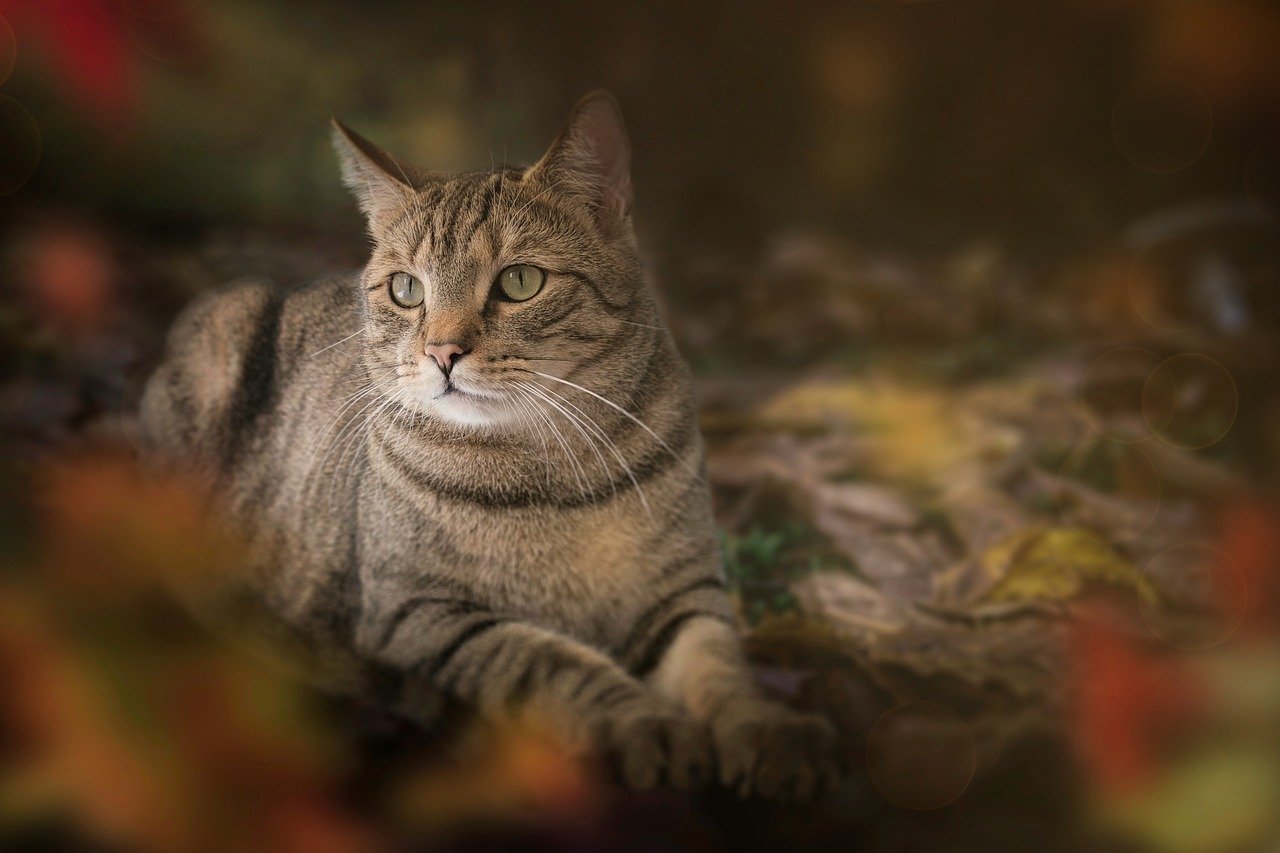
Cats may not express their emotions as openly as humans, but they have their ways. A cat that follows you around constantly, meows excessively, or seeks attention persistently could be emotionally needy. These behaviors might be their way of saying, “I need more love and attention!” Understanding these signals is the first step in addressing their needs. Sometimes, what appears to be a demand for attention might be a sign of underlying issues such as anxiety or boredom.
Understanding the Root Causes
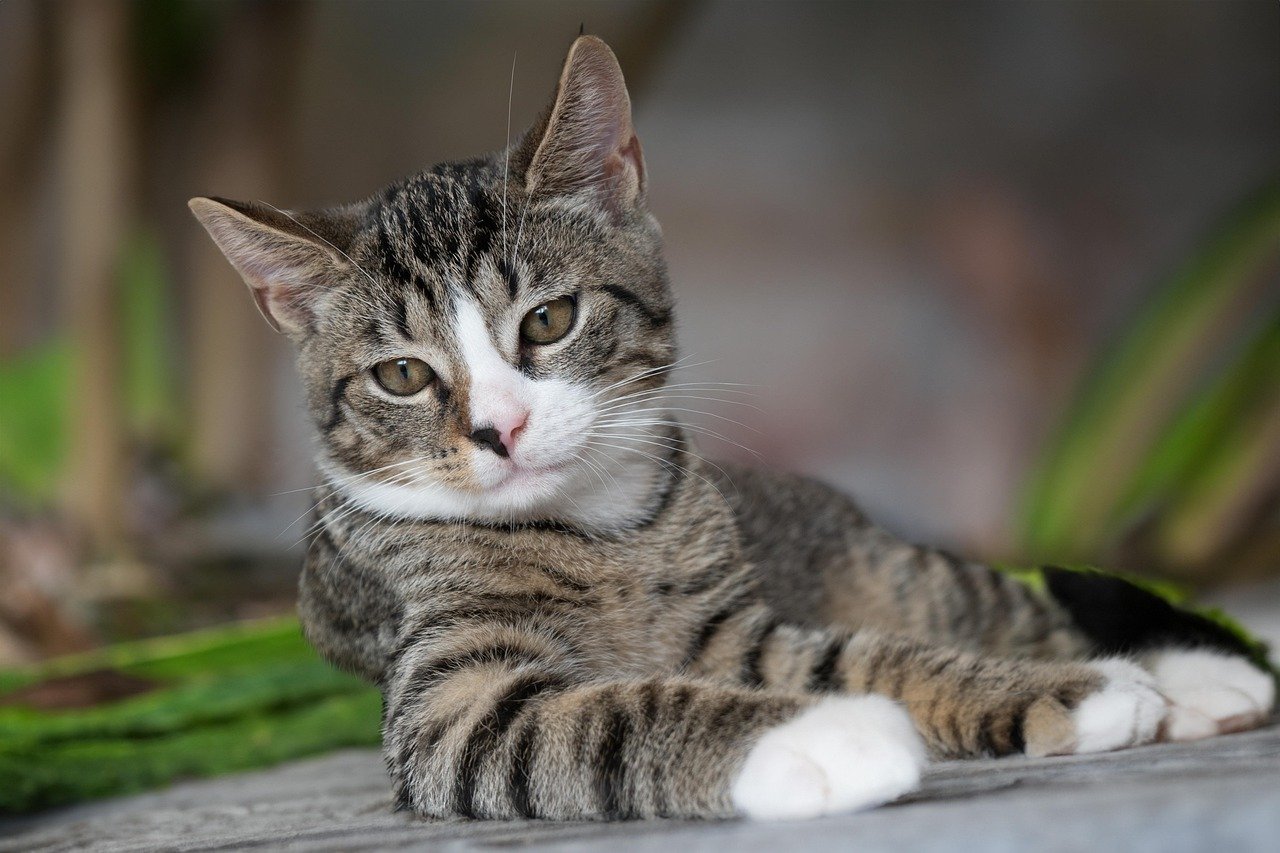
There can be several reasons why a cat becomes emotionally needy. It could be due to a change in their environment, such as moving to a new home or the loss of a fellow pet. Cats are creatures of habit, and disruptions to their routine can lead to stress. Additionally, health issues or aging can contribute to their neediness. Identifying the root cause is crucial in providing the right support.
Creating a Stable Environment
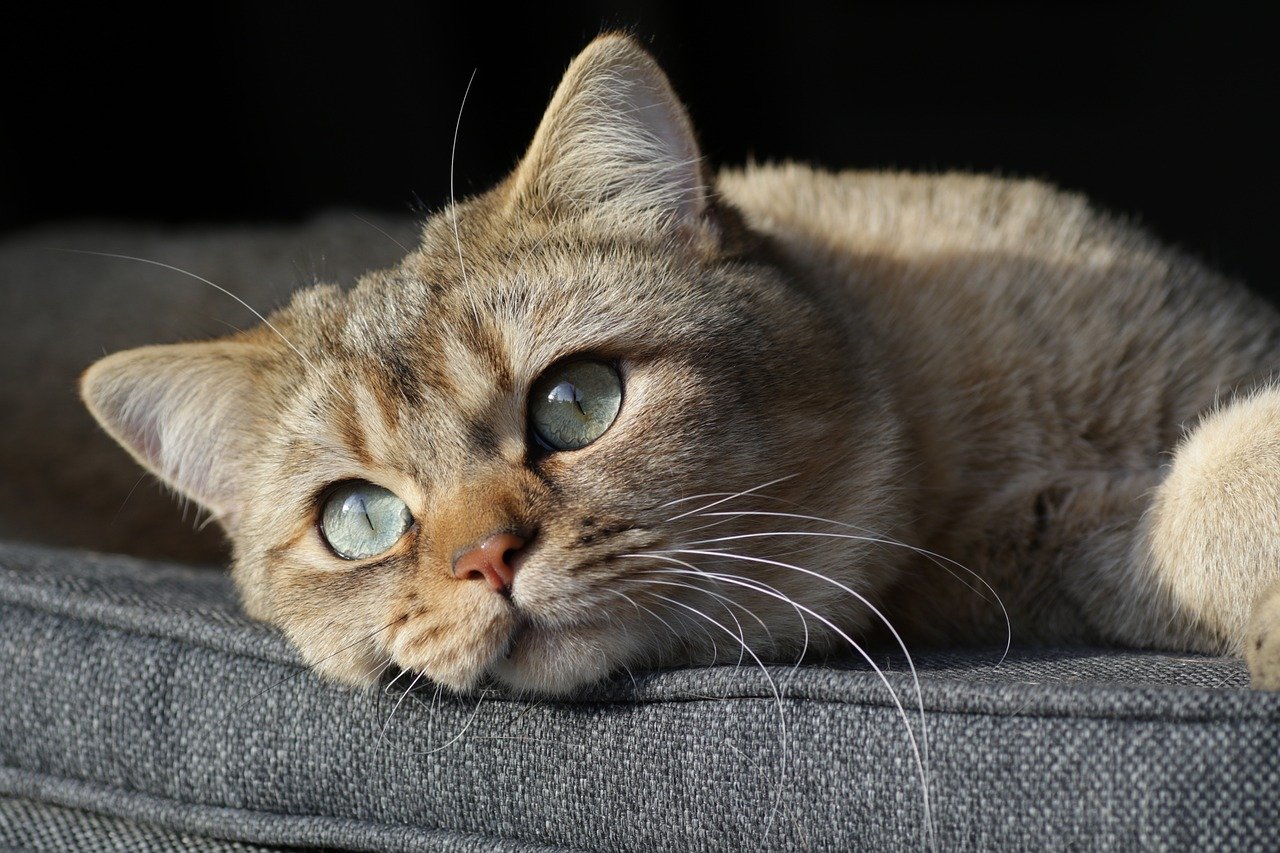
Cats thrive in stable environments. To help your needy cat, create a consistent routine. Feeding them at the same time daily, maintaining a regular play schedule, and ensuring a quiet, safe space can make a world of difference. A stable environment reduces anxiety and helps your cat feel more secure. Think of it as building a cozy nest where your cat can feel at ease.
Providing Adequate Stimulation
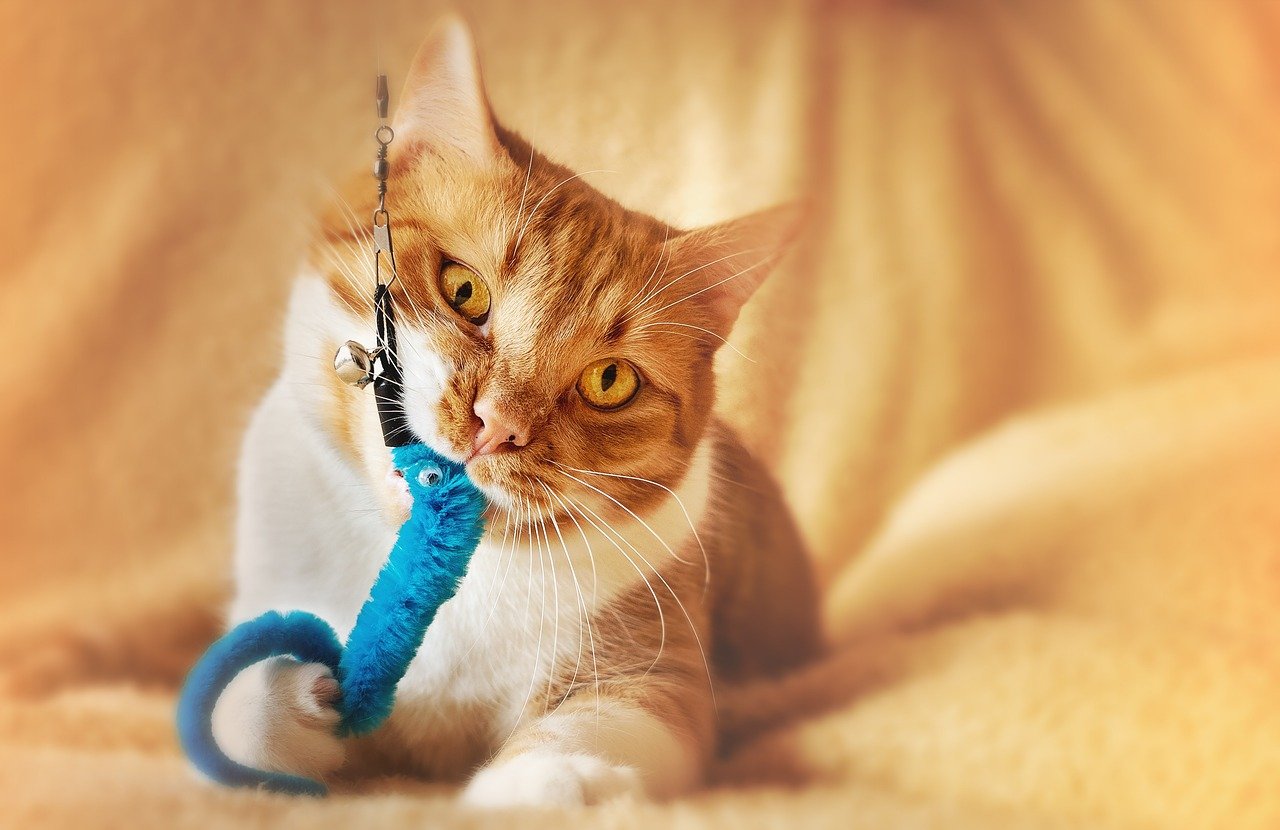
A bored cat can often become a needy cat. Ensure your feline friend has plenty of toys and activities to keep them occupied. Interactive toys, puzzle feeders, and climbing towers can provide the mental and physical stimulation they crave. Just like humans, cats need to exercise their minds and bodies to stay happy and healthy.
Building a Strong Bond

Spending quality time with your cat can help alleviate their emotional neediness. Engage in activities they enjoy, such as playing with a favorite toy or simply sitting together. The bond between a cat and their owner is built on trust and affection. The more time you invest, the more secure and content your cat will feel.
Using Calming Products

Sometimes, a little extra help is needed. Calming products, such as pheromone diffusers or sprays, can help soothe an anxious or needy cat. These products mimic natural cat pheromones, promoting a sense of calm and security. They can be a useful tool in creating a serene atmosphere for your feline companion.
Consulting a Veterinarian
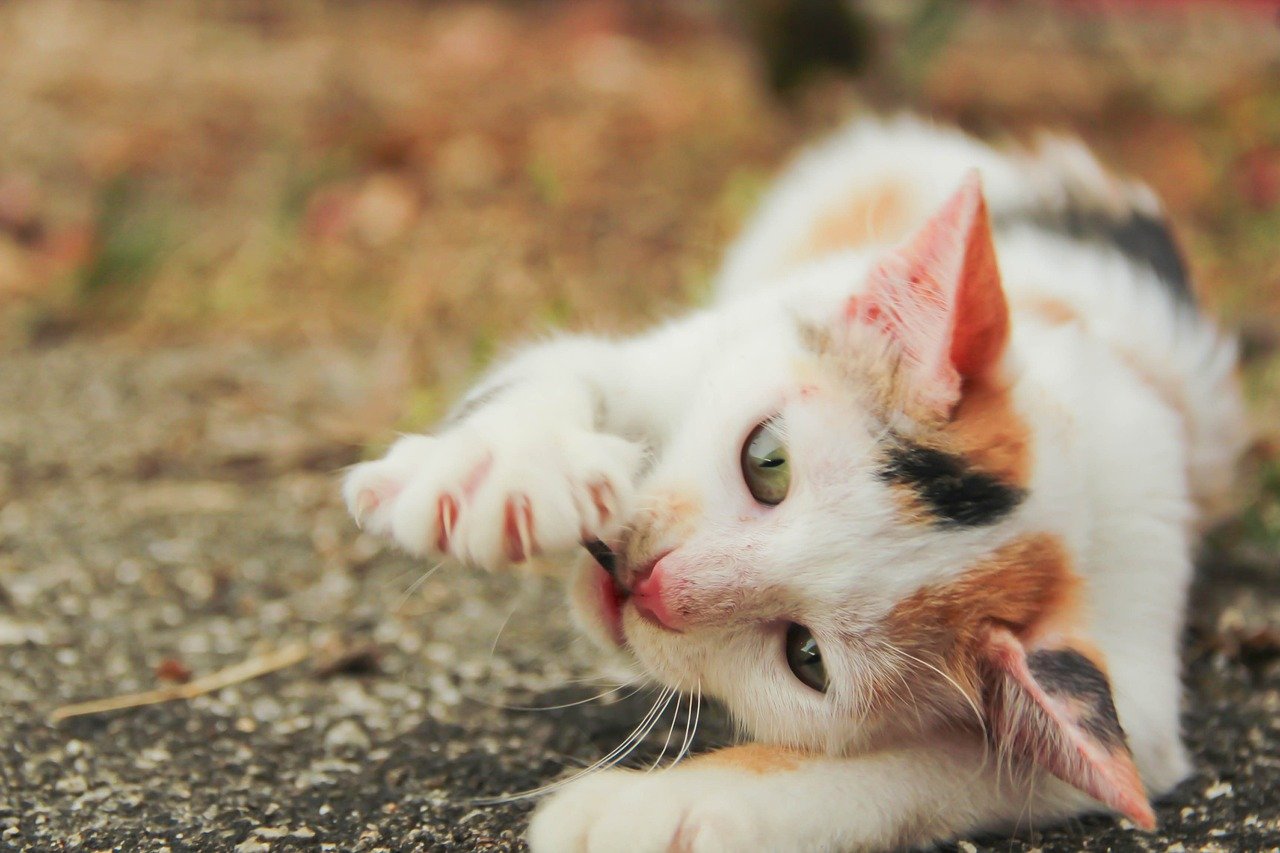
If your cat’s neediness seems excessive or out of character, it may be time to consult a veterinarian. There could be underlying health issues contributing to their behavior. A professional can provide valuable insights and recommend appropriate treatments or behavioral therapies. Don’t hesitate to seek expert advice when needed.
Respecting Their Independence
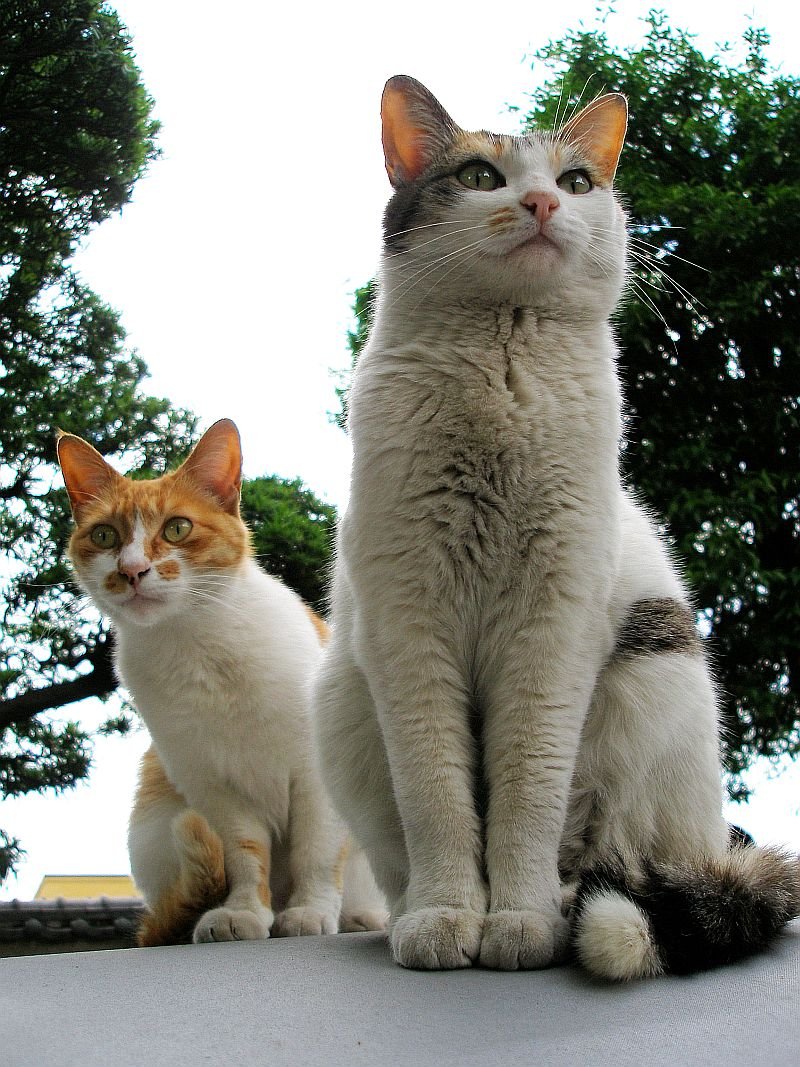
While some cats are naturally more social, others value their independence. It’s important to respect your cat’s boundaries and not overwhelm them with attention. Allow them to approach you on their terms, and provide opportunities for solitary activities. Striking the right balance between attention and independence can lead to a happier, more content cat.
Encouraging Socialization
If your cat is open to it, encouraging gentle socialization with other pets or people can be beneficial. It can help them build confidence and reduce reliance on a single source of attention. However, always ensure that interactions are positive and stress-free. Forcing socialization can be counterproductive and increase anxiety.
Implementing Positive Reinforcement
Rewarding your cat for positive behaviors can encourage them to feel more secure. Use treats or affection to reinforce actions like using a scratching post or playing independently. Positive reinforcement helps build confidence and can reduce clingy behavior over time. It’s like giving your cat a little pat on the back when they do something right.
Managing Separation Anxiety

Cats can experience separation anxiety, especially if they have formed a strong bond with their owner. Gradually acclimate your cat to your absences by leaving them alone for short periods and slowly increasing the duration. Providing distractions, like toys or a window view, can help keep them occupied in your absence.
Ensuring Proper Nutrition
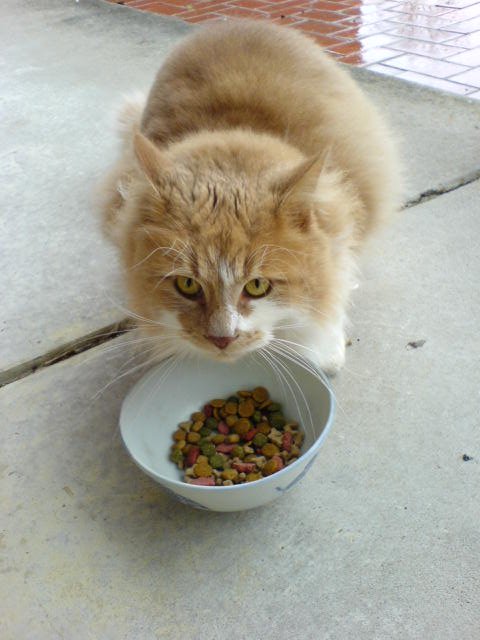
A well-balanced diet plays a significant role in your cat’s emotional well-being. Ensure they receive the right nutrients and consult your veterinarian for dietary recommendations if needed. A healthy cat is a happy cat, and proper nutrition can positively impact their mood and behavior.
Offering Comforting Spaces
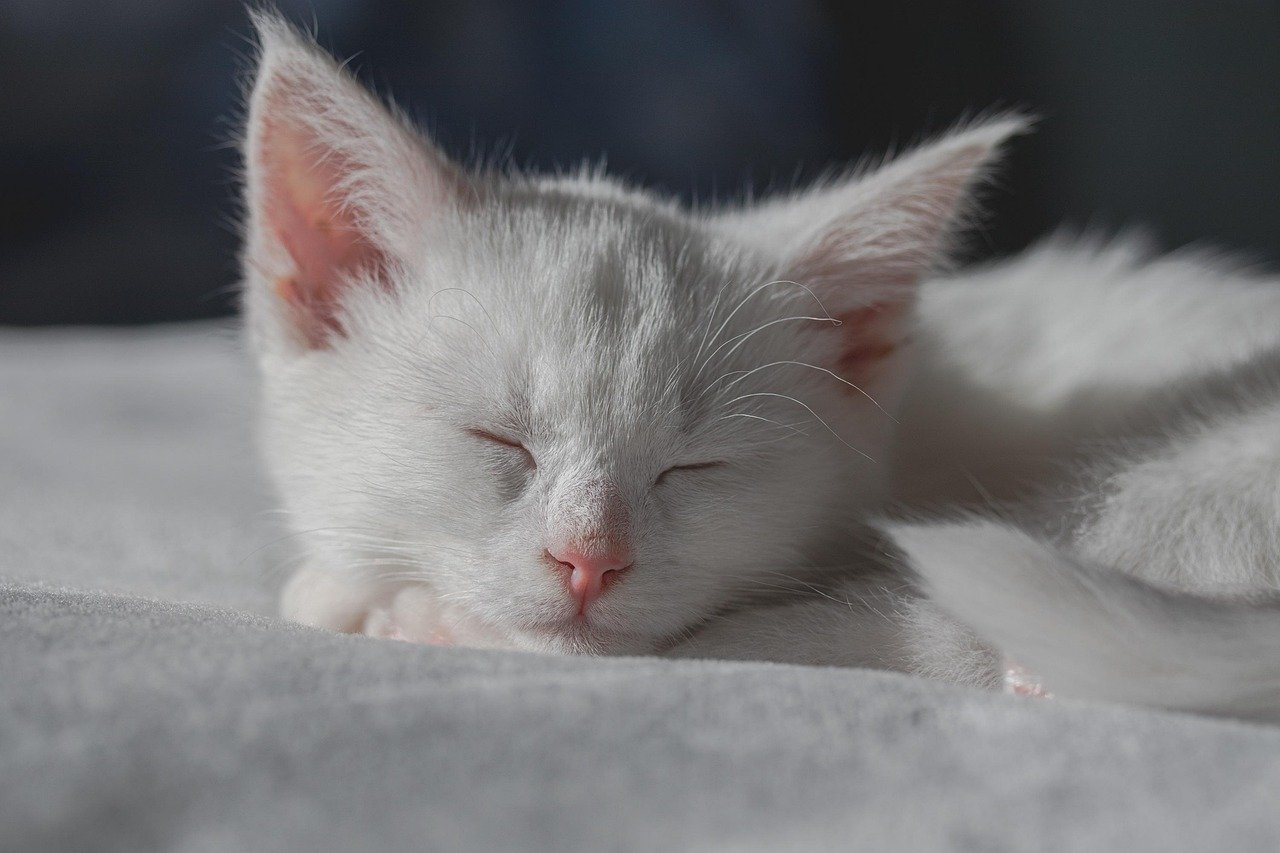
Create cozy spots where your cat can retreat when they need comfort. Soft bedding, warm blankets, and quiet corners can provide a sense of security. Cats appreciate having a sanctuary where they can relax and recharge away from the hustle and bustle of daily life.
Understanding Their Communication
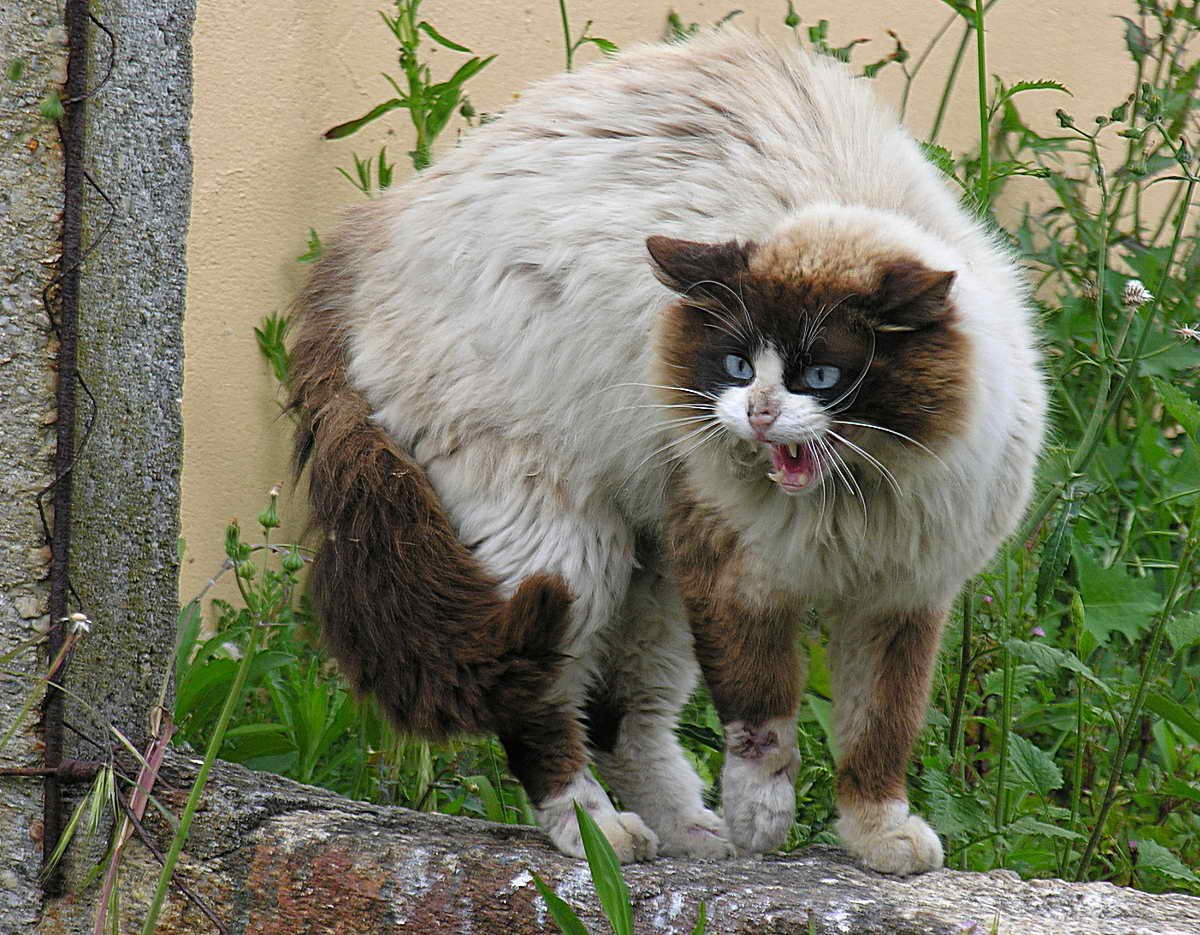
Cats communicate in various ways, from body language to vocalizations. Learning to interpret your cat’s signals can help you respond to their needs effectively. Whether it’s a gentle nudge or a loud meow, every action conveys a message. Understanding their communication strengthens your bond and enhances your ability to meet their emotional needs.
Setting Boundaries
While it’s important to be attentive, setting boundaries is equally crucial. Teach your cat appropriate behavior and redirect them when they become too demanding. Establishing boundaries helps your cat understand what is acceptable and fosters a healthy relationship built on mutual respect.
Practicing Patience
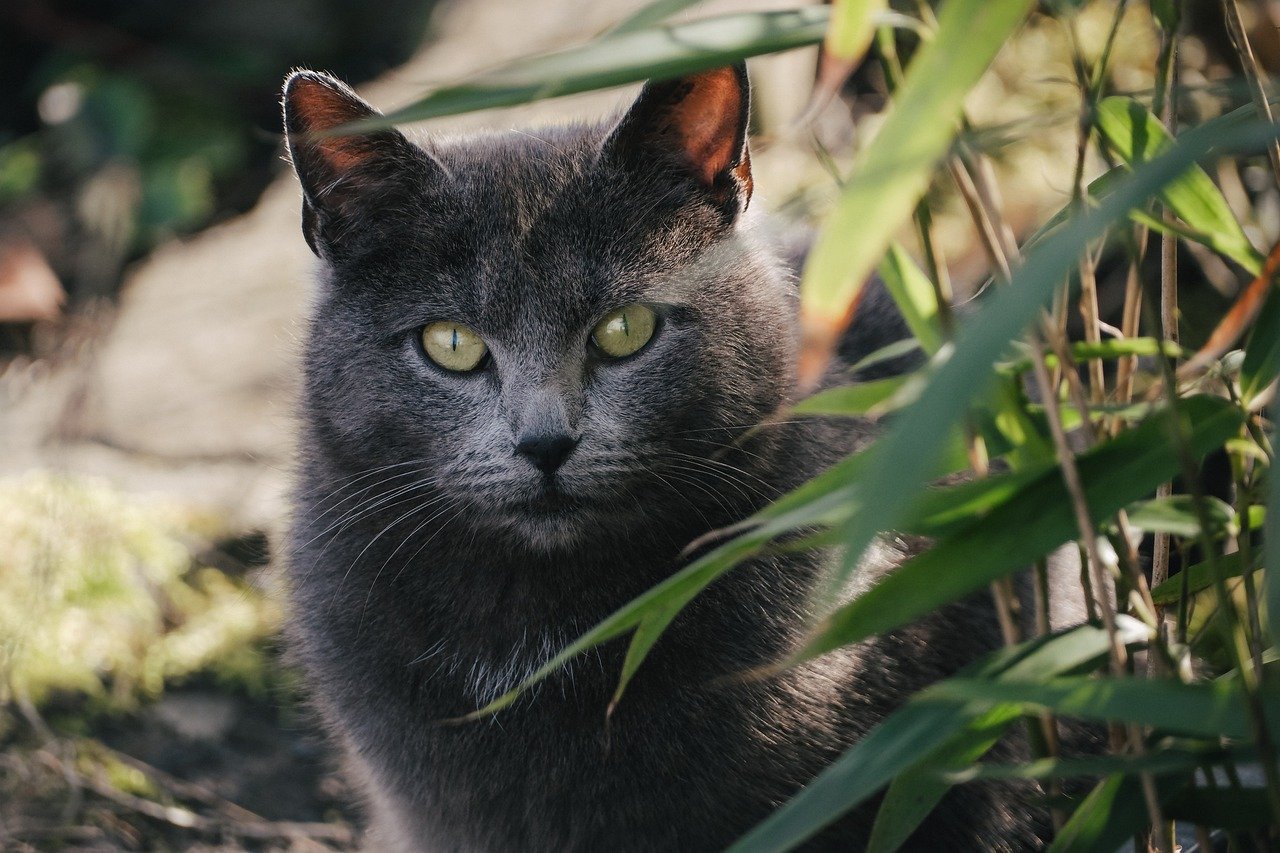
Dealing with an emotionally needy cat requires patience and understanding. Progress may be slow, but with consistent effort, positive changes are possible. Remember that your cat’s behavior is a form of communication, and responding with empathy can lead to a more harmonious relationship.
Engaging Professional Help

If you’re struggling to manage your cat’s emotional needs, consider seeking help from a professional animal behaviorist. They can provide tailored strategies and support to address your cat’s specific challenges. Professional guidance can be invaluable in resolving complex behavioral issues.
Monitoring Behavioral Changes
Keep an eye on any changes in your cat’s behavior, as they can indicate shifts in their emotional state. Sudden changes might signal stress, health issues, or other concerns. Regular monitoring allows you to address problems promptly and maintain your cat’s well-being.
Celebrating Small Victories

Every step forward is a victory worth celebrating. Whether it’s a day without excessive meowing or a successful solo play session, acknowledge and celebrate these achievements. Encouragement and positivity reinforce good behavior and motivate further progress.
Embracing the Journey

Handling an emotionally needy cat is a journey, not a destination. Embrace the ups and downs, and cherish the bond you share with your feline friend. With time, effort, and love, you can create a fulfilling and supportive environment for your cat that meets their emotional needs.
Hi, I’m Bola, a passionate writer and creative strategist with a knack for crafting compelling content that educates, inspires, and connects. Over the years, I’ve honed my skills across various writing fields, including content creation, copywriting, online course development, and video scriptwriting.
When I’m not at my desk, you’ll find me exploring new ideas, reading books, or brainstorming creative ways to solve challenges. I believe that words have the power to transform, and I’m here to help you leverage that power for success.
Thanks for stopping by, Keep coming to this website to checkout new articles form me. You’d always love it!



